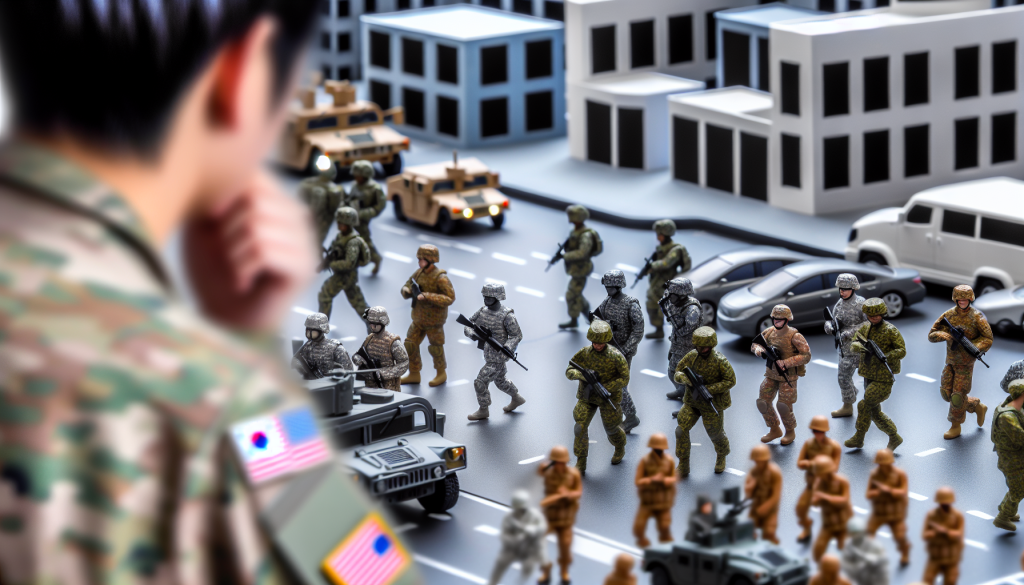Ulchi Freedom Shield 25: A Bold Step in Counter-WMD Training
On August 27, 2025, South Korean Army soldiers, in collaboration with U.S. troops, undertook intensive counter-Weapons of Mass Destruction (WMD) training during the annual Ulchi Freedom Shield exercise. This rigorous training highlighted the allies’ preparedness to counteract threats related to chemical, biological, radiological, and nuclear (CBRN) warfare, a growing concern in the dynamic geopolitical landscape surrounding the Korean Peninsula.
Enhancing Readiness Through Realistic Drills
The training exercises included simulated decontamination operations in hazardous environments and urban terrains, essential for soldiers preparing for real-world scenarios. In densely populated regions like the Korean Peninsula, the potential for urban combat is significant. Thus, training in these environments allows the armed forces to rehearse complex operations that emphasize civilian safety alongside military objectives.
In urban settings, factors such as limited maneuverability and densely packed populations create unique challenges for military strategies. By initiating decontamination drills in these simulated conditions, soldiers become proficient in rapidly responding to potential chemical or biological threats, ensuring both military readiness and civilian protection.
Interoperability: A Key Focus
A primary goal of the counter-WMD training was enhancing interoperability between U.S. and Republic of Korea (ROK) forces. During the drills, soldiers were trained to identify, contain, and neutralize hazardous materials effectively, which is vital for responding to North Korea’s potential use of unconventional weapons.
This interoperability is significant not only for operational effectiveness but also for fostering trust and cohesion among allied forces. Training sessions that emphasize shared techniques and strategies enable a seamless response to crises, reinforcing the strength of the ROK-U.S. alliance.
The Strategic Importance for the U.S.
For the United States, participation in Ulchi Freedom Shield 25 is integral to its Indo-Pacific security strategy. This framework emphasizes the importance of strong alliances and joint readiness in an ever-evolving threat landscape. By engaging in combined exercises like Ulchi Freedom Shield, the U.S. ensures that its forces can work in unison with South Korean counterparts, effectively sharing intelligence and integrating command structures.
Strengthening deterrence against North Korean aggression is critical. This year’s exercises serve as a clear message that any acts of hostility would provoke a unified and swift response from both nations.
A Multifaceted Approach to Modern Warfare
Ulchi Freedom Shield 25 did not solely focus on counter-WMD efforts; it also included live-fire exercises and cyber defense operations. This multifaceted approach acknowledges the complexities of modern warfare, where threats can manifest in various forms, demanding a comprehensive response.
The integration of CBRN scenarios with conventional training is a proactive measure against the range of challenges that may arise. By adeptly preparing for urban operations and unconventional warfare, the ROK-U.S. forces enhance their readiness for any situation they might face.
Political and Military Determination
This year’s Ulchi Freedom Shield exercise reiterated the unwavering military collaboration between South Korea and the United States. The drills showcased not just military prowess but also the political resolve of both nations to safeguard against emerging threats.
In practicing responses to potential unconventional warfare in urban settings, the two nations are not merely reactive; they are preparing for future challenges while actively contributing to peace and stability on the Korean Peninsula.

